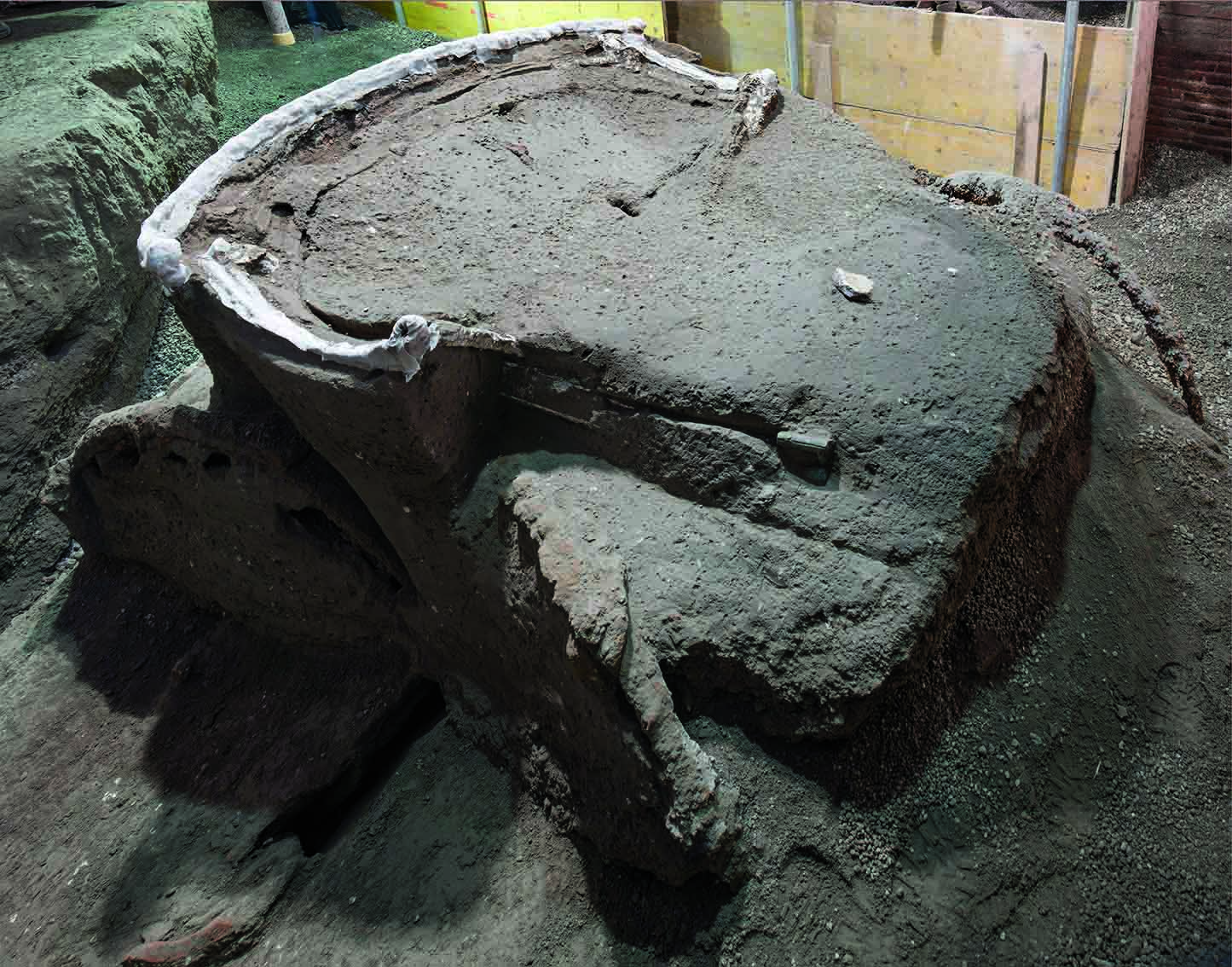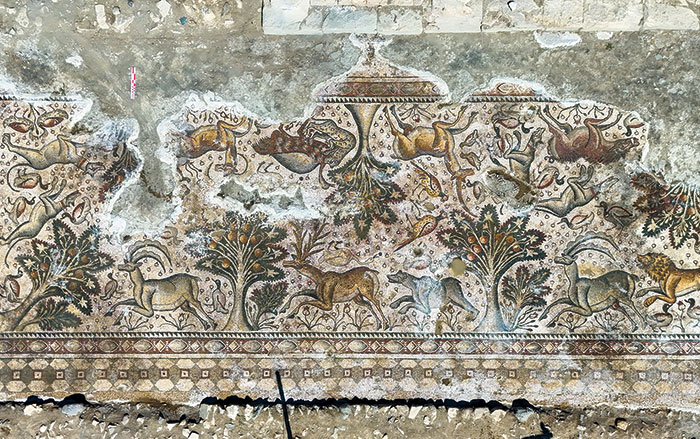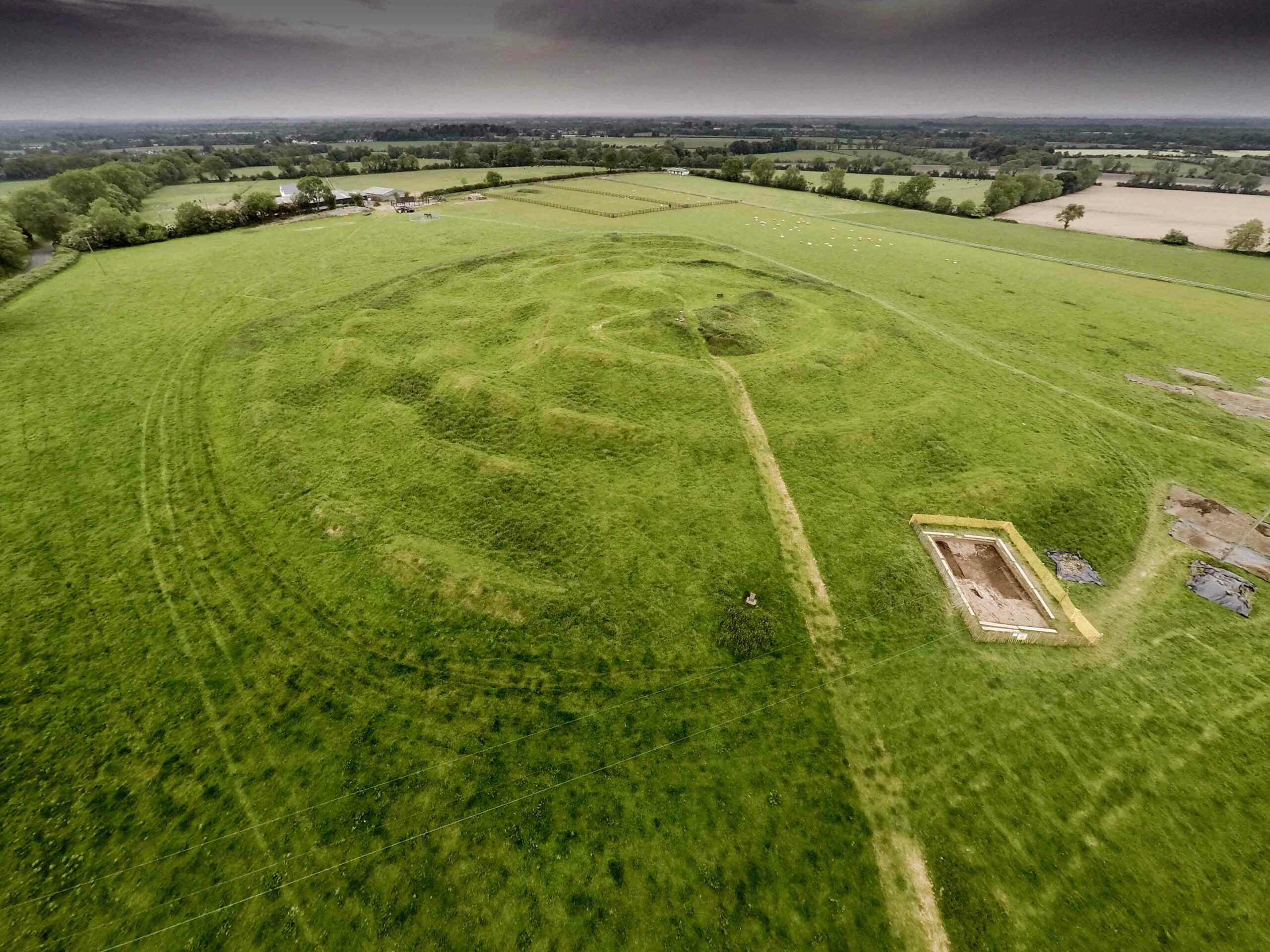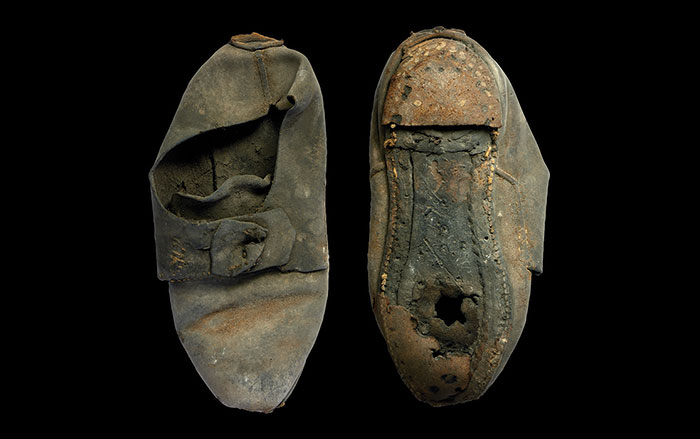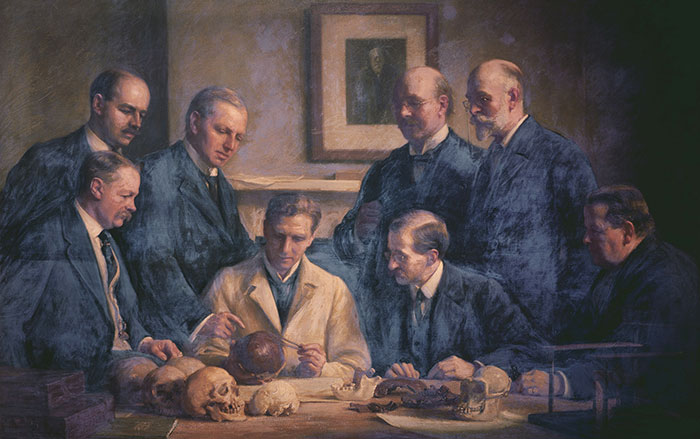
MADISON, WISCONSIN—According to a report in Seeker, Bela Sandor, professor emeritus of engineering physics at the University of Wisconsin, Madison, examined a highly detailed toy chariot discovered in the Tiber River in the 1890s. The hand-sized toy is thought to have been made for a wealthy racing enthusiast some 2,000 years ago. Sandor was able to use the dimensions of the model to estimate the size and weight of a full-sized racing chariot. He and Judith Swaddling of the British Museum also noted that the wheels of the bronze model, which is missing one of its two galloping horses and its charioteer, do not match. Sandor explained that racing chariot wheels, which measured about two feet in diameter, were usually made of wood, animal hide glue, and rawhide strips to hold them together at the joints. A thin strip of iron, visible on the outside of the toy’s right wheel, may have been added to strengthen and stabilize it for the repeated left turns in an oval-shaped arena. “Without any iron on the wheels, the right wheel was failing often and predominantly, while both wheels having iron tires tended to be safe but were seldom a winning combination,” Sandor said. To read about a recently discovered mosaic depicting a horse race, go to “And They’re Off!”


